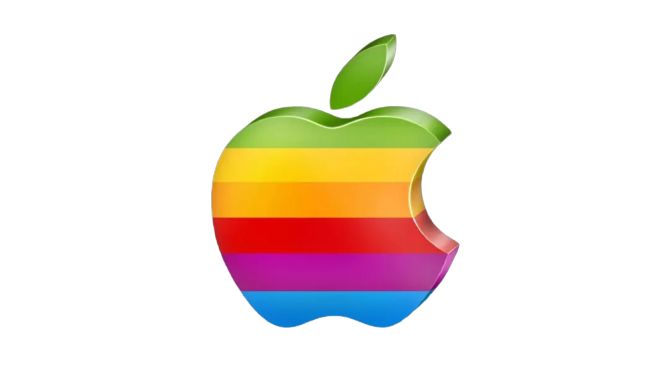How to increase laptop speed
Laptop computers are becoming an increasingly popular choice among all kinds of computer users thanks to their versatility and portability. With their compact size, laptops are able to offer a large amount of power while remaining light and mobile. Unfortunately, their smaller size also means that their components may not be as powerful as those found on desktop computers. Over time, the performance of a laptop may start to decline, leaving you with a sluggish machine that takes forever to load programs and perform tasks.
Luckily, there are a number of things you can do to increase the speed of your laptop. Here are a few simple tips that can help make your laptop as fast as the day you bought it.
Disable Autostart Programs
When you start your Windows computer, some programs start automatically. This feature is particularly useful for programs that are used daily. However, programs that you don't need or rarely use often sneak into the automatic startup. These apps run in the background after auto-starting and thus take up valuable memory space. For this reason, Windows offers the ability to modify the list of autostart programs in the Task Manager.
Page one
1. Follow the disable automatic program startup and speed up
- Open the Task Manager with the key combination [Ctrl] + [Shift] + [Esc].
- Select the “Startup Applications” (or “Startup”) tab.
- Task Manager displays a list of all programs installed on your computer. The status column indicates whether automatic start is activated or deactivated for each program. Look in the list for processes that you do not want to start automatically when you turn on the computer. To change the status, right-click “Enabled” or “Disabled” in the corresponding row and select the desired option from the context menu.
- You can also left-click on the respective program and then select “Disable” in the lower right corner.
Disable automatic startup of programs speed up Windows 11 / 10.
2.Defragment the hard drive and optimize read operations
The computer stores files in individual data blocks and reads them when necessary. However, over time, as data is deleted or existing documents are resaved, the arrangement of these fragments becomes disordered. These processes separate adjacent blocks from each other (chunks are created), which reduces read speed. By defragmenting the hard drive, the data is reorganized, which speeds up Windows 10. In this way, not only the speed improves, but also the lifespan of the hard drive. To defragment the hard drive(s), follow the following instructions:
- Open Windows Explorer and select “This Computer” in the left panel.
- Next, right-click the hard drive whose data blocks you want to rearrange. Select the “Properties” option from the context menu.
- This opens a dialog box with information about the selected hard drive. Select the “Tools” tab and then click “Optimize.”
- In the new “Optimize Drives” dialog box, select the desired hard drive again with a left click and start the defragmentation process by clicking the “Optimize” button.
The dialog box indicates whether and to what extent the selected hard drive is fragmented.
Note
SSD hard drives do not have a read and write head, so in this case defragmentation has no advantages and does not influence the performance of the operating system.
3.Disable virtual memory
In Windows 10, virtual working memory is enabled by default. It is used when the physical memory (RAM) is already fully occupied. However, if your Windows computer does not have an SSD hard drive, using virtual memory negatively affects performance. In this case, it is recommended to disable this additional memory to speed up Windows 11 / 10.
- Type “View advanced system settings” in the taskbar search field and select the result.
- In the “System Properties” dialog box that opens, select the “Advanced Options” tab. Click the “Settings” button in the “Performance” section.
- The “Performance Options” window will then open. Click “Advanced Options” and then the “Change” button in the “Virtual Memory” section.
- First, turn off the “Automatically manage paging file size for all drives” option. Then, you can select the “No paging file” option.
- To accept the settings and deactivate virtual memory, confirm the selection in all open windows with “OK”.
Disable virtual memory on your hard drive to speed up Windows .
4.Turn off visual effects.
Windows 10 is not only distinguished from its predecessor by its technical innovations, but also by its elegant appearance, which includes many visual effects: animations, edge refinement and display of window shadows, among others. However, these effects require computing power. If your computer's performance decreases, it may be advisable to disable them. While disabling it means giving up some design elements, you will benefit from increased performance. In the performance options, you can turn individual effects on or off:
- Type “Tweak the appearance and performance of Windows” in the search box on the taskbar and select the desired result.
- The “Performance Options” window then opens. By default, the required tab, “Visual Effects”, is usually open.
- Select the “Adjust for best performance” option. In this way, Windows will prioritize performance over visual effects. You also have the option to set custom settings. To do this, manually select which effects you want to display.
- To finish, confirm with “Accept”.
- how to increase laptop speed
- how to make a laptop faster
- how to speed up a laptop
- how to speed up my laptop
- how to boost laptop speed












 The trend is an amazing Niche And magazine All in change if your needs Follow ToolboxTamil.
The trend is an amazing Niche And magazine All in change if your needs Follow ToolboxTamil.
No comments
Post a Comment
welcome to my site message